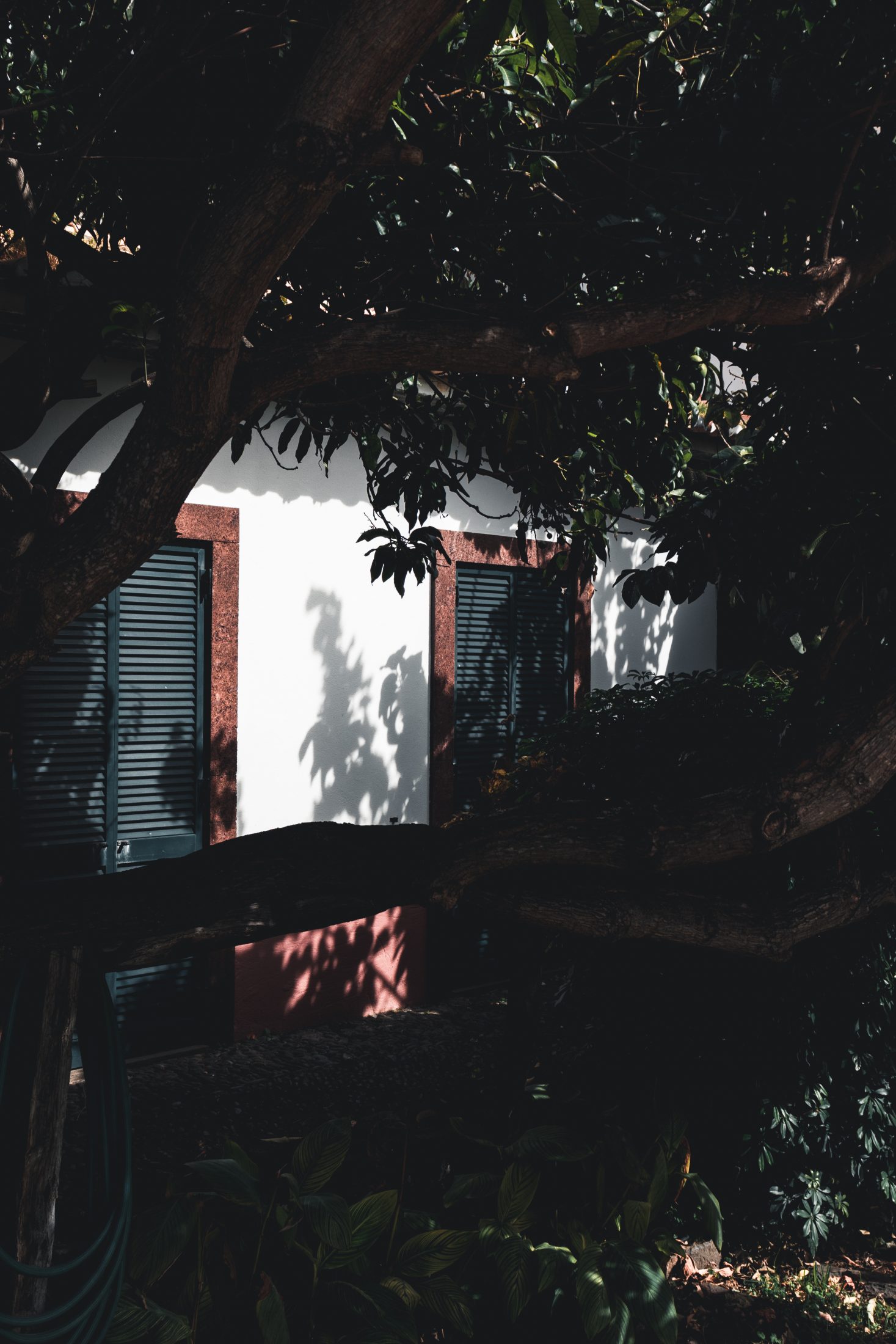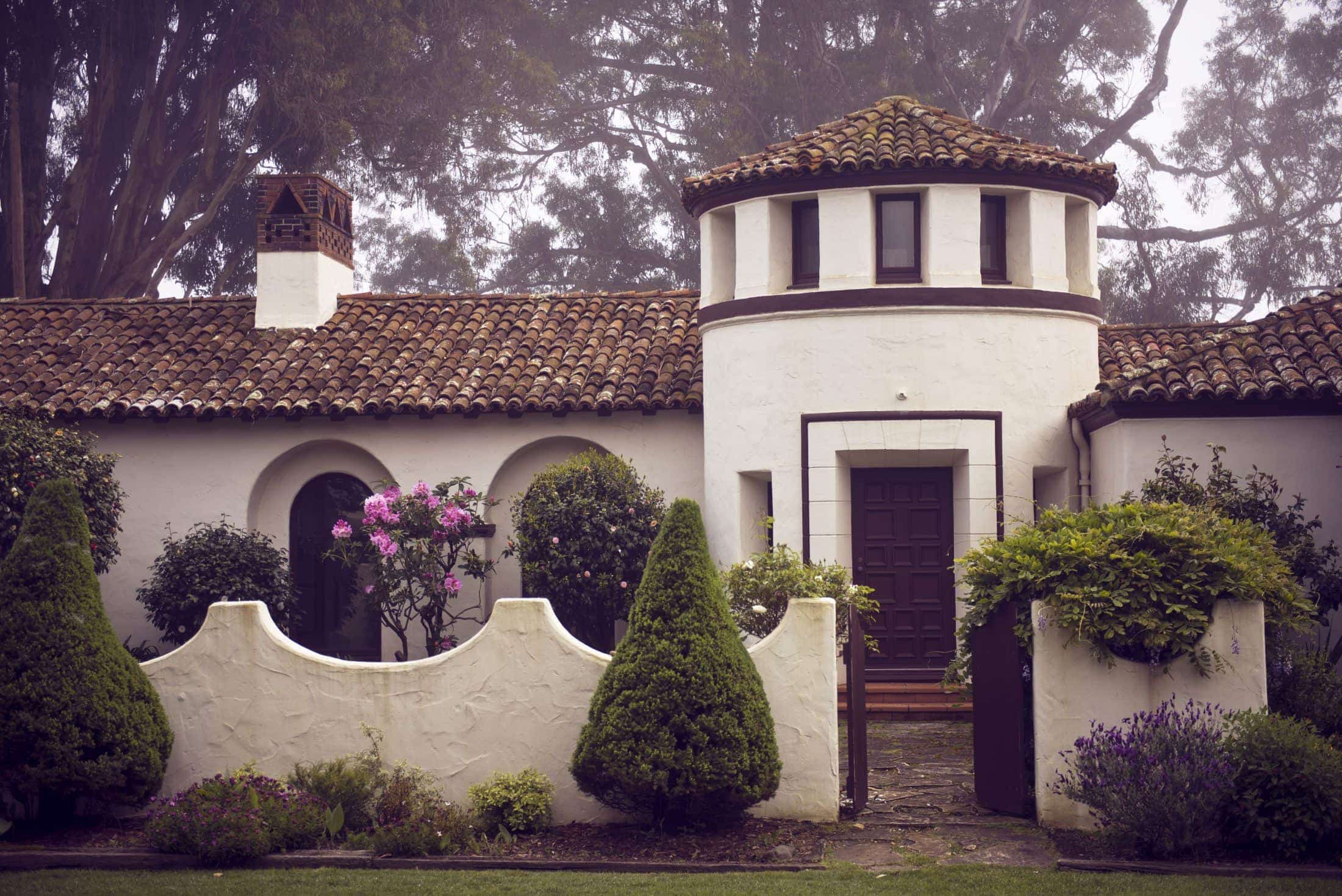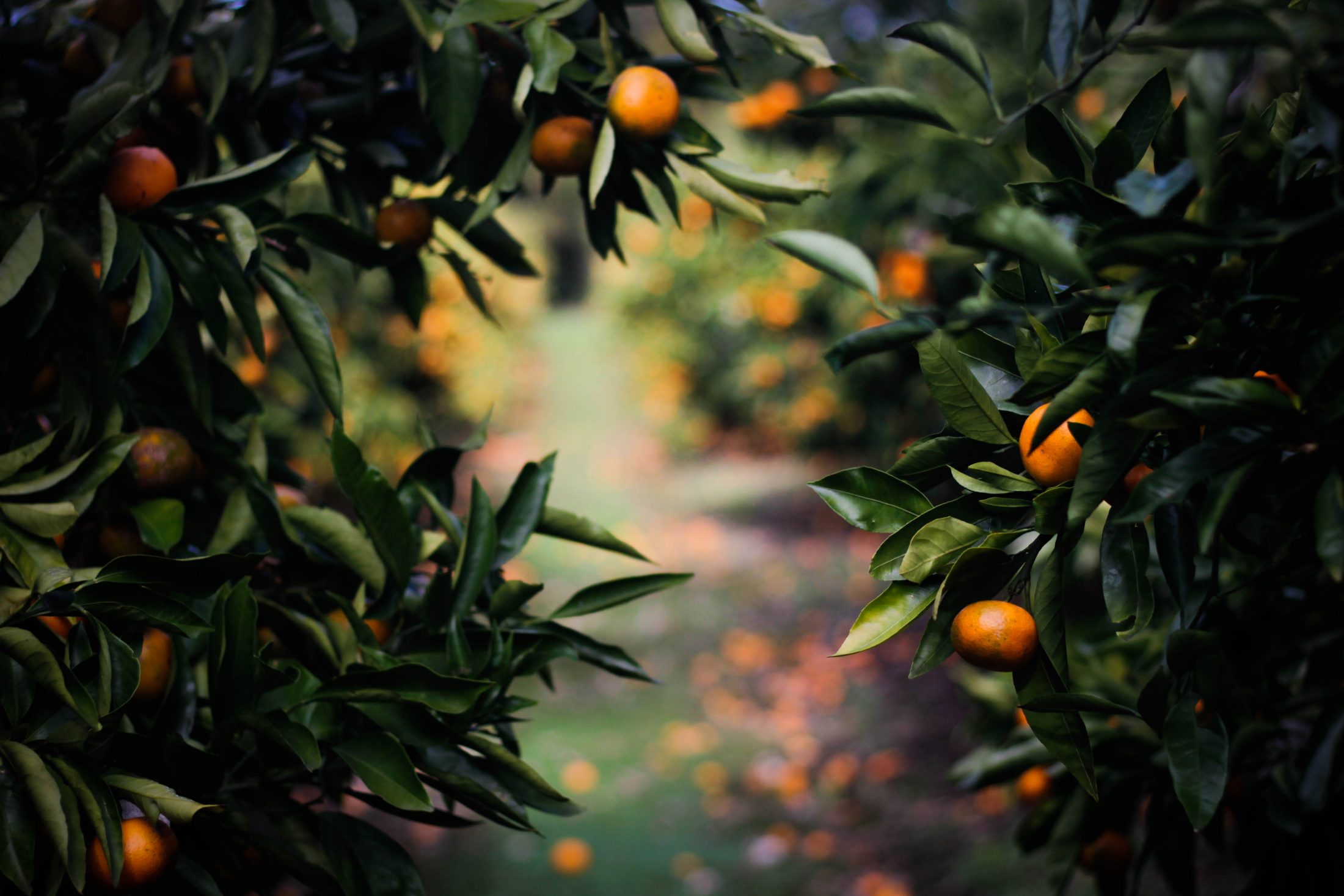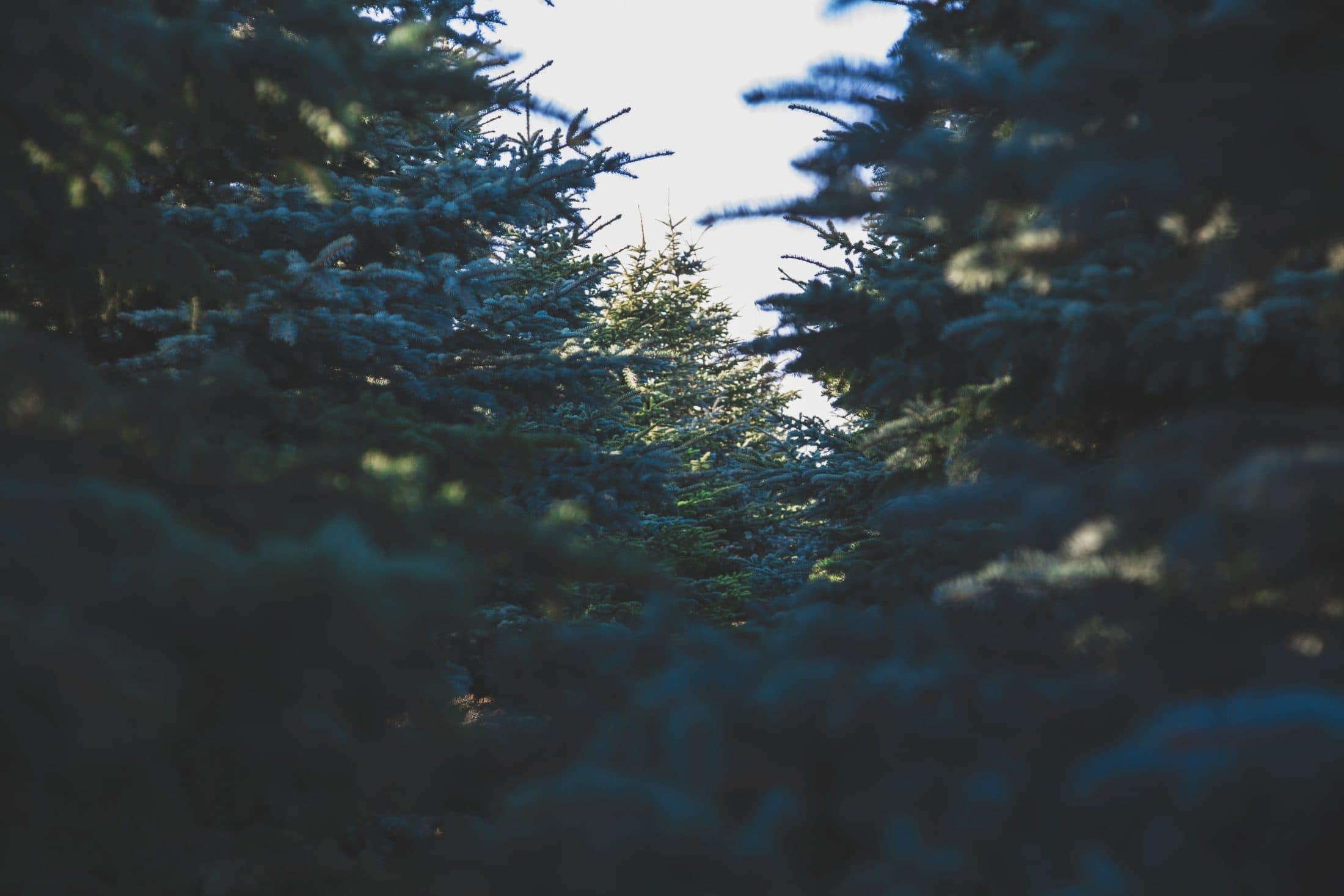When you have a tree in your yard, it is a source of beauty, shade, shelter, and clean air. There are hundreds of species to choose from and varieties as well. Therefore, when you are searching for an appropriate landscape tree, there are factors that you need to consider to find the right one. For instance, the landscape design you want, the purpose of the tree, and the size of your yard, among other things. Therefore, landscaping helps accentuate the beauty of your home, among other benefits. In this article, you will learn about the types of landscape trees to choose from for your yard.
Shade trees
A shade tree is a common type of landscape tree. It is loved, more especially, during summer for the shade it provides. Although, other people plant shade trees to cut the cost of cooling bills.
However, it must be planted at the appropriate spot so that they shade your home during hot seasons. These trees are vase-shaped, with room between their branches. They are also deciduous trees that lose their leaves in the fall, like the pecan that is loved for its fruit nuts as well. Try planting this deciduous tree if you need maximum energy efficiency during winter, as the branches allow sunlight to pass through to heat your home. There are also ornamental varieties of the shade trees that offer beauty to your yard and have fruits as well. Besides, they are dense with broad leaves, and those with more delicate foliage are preferred for a lighter shade. Some types of shade trees are Ash, Maple, Linden, Forest Eucalyptus, and sycamore the list is endless.

Street trees
Choosing a tree involves thinking of why you need them. Street trees have many reasons why they are added to your yard, especially the side that is next to the street. If you live next to a street, you do not want your house exposed to outsiders or hearing sounds from the busy road. Hence, street trees are a go-to landscaping tree that you can opt for to plant along the street next to your perimeter wall. Some common street trees are Elm, golden rain tree, oak tree, and,
ironwood and many others. These trees are tough and can withstand heat, stresses of pavement, poor soil, among other challenges along the street. When choosing them to landscape around your home, choose those that are short to fit under power lines. Importantly, they should not drop large branches, fruits, or nuts that will interfere with foot traffic or a car.

Ornamental trees
These trees are also known as specimen trees. The reason ornamental trees are planted is mainly for landscaping purposes. Most of these trees are used as landscaping trees for lawn setting purposes, such as for seating areas, markers for entrances, or to provide shade for a specific footpath. Therefore, it is advised not to have too many of them as they are intended as focal points. However, individuals with a large yard can have a few of the same species in one area to beautify their home or for a beautiful backdrop. Some of these ornamental trees are Dogwood, Japanese maple, Magnolia, Willow tree, among others. Additionally, select specimen trees with fall foliage, berries, attractive flowers, interesting barks, and unusual shapes. Therefore, choose one or two to add to your yard for that visual effect.

Fruit trees
The primary use of a fruit tree is the fruit produce. Nonetheless, this does not mean that that is the only reason and benefit of having a fruit tree in your home. They also provide shelter for birds, provide good scenery of the landscape, among many others. Also, when you choose to have a fruit tree, you need to know how to care with the help of a growing guide. A fruit tree requires more attention than other types. For instance, it requires frequent pruning, pest and disease control, and other care practices. Although, they reward your table with seasonal fruits to savor and lovely springtime blossoms for the scenery. Apples, oranges, plum, figs, cherry, and pear trees are popular types of fruit trees to have in your yard.

Windbreakers and screen trees
Most of the windbreaker trees are used as screen trees as well and vice versa. The windbreak trees help prevent against winds and storms. Also, they are loved as they create a microclimate in your yard as they provide extra shelter from harsh weather and frost weather too. The most used windbreak trees are those that provide year-round protection and are dense evergreens. Screen tees, on the other hand, provide privacy and muffle the noise from outside. They are beautiful as well, and columnar shaped trees are the best and effective screen trees. This is because their branches start near the ground and provide good screening when planted in a row. Some popular windbreak and screen trees are Fir, Arborvitae, Holly, and Leyland cypress.

Evergreen trees
These trees have different uses in the landscape. They are a common landscape tree that comes in all shapes and sizes. They are the type you choose for their diverse uses and you need to select depending on your preference. Spruces and pines are evergreen trees that are perfect windbreakers as they are large and dense. Plus, if you live on a large property, they provide screening. The evergreen trees are perfect for windbreaks as they’re large and dense. Also, they are in many colors from light to dark green, gold, blue hence you should consider this too as you choose. A professional tree expert Encinitas for your landscape maintenance will assess, diagnose then treat any problems before they worsen into something more costly or harmful to you!

In summary, landscape trees help act as barriers, define spaces, provide color and texture among other things. Therefore, they provide a focal point to showcase a mature landscape to your home yard. As they have many roles, it is vital to know, learn, and understand the reason behind having to add them to your landscape. Choose from the above landscaping trees and select one that suits your needs and yard as well.
